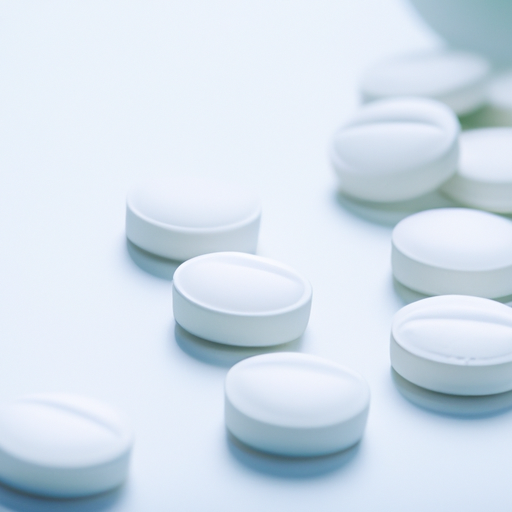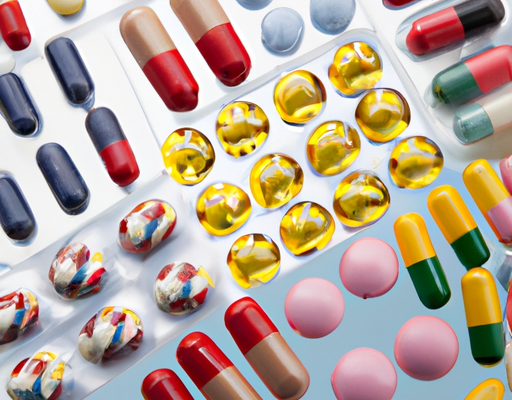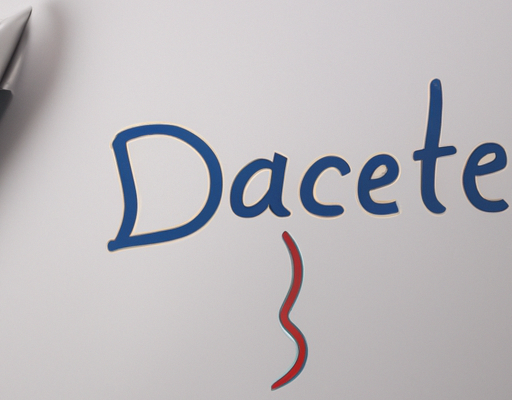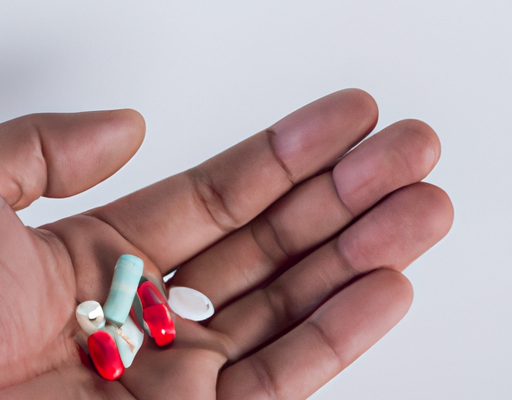Causes of blackheads
Blackheads are a type of acne. They are caused when the hair follicles in our skin become clogged with dirt, dead skin cells, and oil. The clogged pores then become enlarged and darken in color, leading to the classic blackhead. Blackheads can form anywhere on the body but are most common on the face, neck, back, and chest. The two main causes of blackheads are when the sebaceous glands produce too much oil and when dead skin cells accumulate and create a blockage in the pores. Having an overproduction of oil is usually seen in people with oily skin, hormonal imbalances, taking certain medications, and stress. Too much dead skin can be caused by a lack of skin cell turnover, insufficient exfoliation, and the use of heavy creams or lotions. Knowing the causes of blackheads and understanding proper skin care can help reduce the formation of blackheads and give you clearer skin.
How blackheads form
Blackheads are a common skin issue that many people struggle with and often wonder where they come from. Blackheads form when a clog in your pores traps sebum (the natural oil your body produces), bacteria, and dead skin cells. When this clog is exposed to air, it oxidizes and turns a black color. It is important to note that blackheads are different from whiteheads. Whiteheads are formed when the clog forms a cap over the pore, keeping the air out and not allowing the clog to oxidize.
How to prevent blackheads
Preventing blackheads can be a challenge, but there are several steps you can take to reduce their formation. Keeping your skin clean is essential for eliminating dirt, oil, and other debris that can lead to blackheads. Wash your face twice daily with a gentle cleanser. Using warm water and making a circular motion with your fingers can help open the pores and remove any buildup. It’s also important to exfoliate your skin regularly. Doing so removes dead skin cells and helps keep your pores unclogged. Another preventative measure is to avoid using harsh skin-care products or touching your face too often. Lastly, making sure to keep your skin hydrated can help your skin resist infection and balances the skin’s natural oils to reduce blackhead formation.
What are whiteheads?
Whiteheads, also known as closed comedones, are a type of acne that appears as tiny, whitish bumps on the surface of the skin. They are caused by clogged pores that have become blocked with sebum, a type of oil produced by the skin, as well as bacteria and dead skin cells. As the pore remains blocked and sebum continues to accumulate, the bump becomes more noticeable, making it look like a whitehead. Whiteheads are most often found on the face, forehead, and chin, but can occur on the neck, chest, shoulders, and back. While not as serious as some other types of acne, whiteheads can be painful and embarrassing. Fortunately, there are several treatments available that can help clear up whiteheads and prevent future breakouts.
What is the difference between blackheads and whiteheads?
Blackheads and whiteheads are two types of blemishes that can form on the surface of the skin, and understanding the differences between them can help with prevention and treatment. Blackheads are caused by dead skin cells and oil clogging the pores, creating an oxidized, dark spot. Whiteheads, on the other hand, are formed when bacteria and oil are trapped under the surface of the skin, creating a white bump. The main difference between blackheads and whiteheads is the color, as blackheads get their name from the dark clog left on the skin, and whiteheads from the white bump caused by bacteria. Both blemishes can become painful, but whiteheads may be more uncomfortable due to the inflammation caused by the accumulation of bacteria. Preventing the buildup of oil, dirt, and debris on the skin and maintaining a regular cleansing routine can help reduce the chances of both blackheads and whiteheads.
What are the common treatment options for blackheads and whiteheads?
Blackheads and whiteheads, also known as comedones, can be a source of embarrassment and frustration. Fortunately, there are several treatments available to help reduce their appearance. Here are the most common treatment options for blackheads and whiteheads:
- Cleansers: Over-the-counter (OTC) cleansers containing benzoyl peroxide, salicylic acid, or glycolic acid can help reduce the appearance of blackheads and whiteheads.
- Prescription medications: Topical antibiotics and retinoids may be prescribed to treat comedones.
- Comedo extraction: This procedure is performed by a dermatologist to manually remove comedones.
- Microdermabrasion: This procedure uses a vacuum-like device to exfoliate the skin and remove comedones.
- Chemical peels: Chemical peels are a type of exfoliation procedure that can help remove comedones.
- Laser therapy: Laser therapy is an effective treatment for comedones, but it is typically used as a last resort.
If you’re struggling with blackheads and whiteheads, consider speaking to your healthcare provider about your treatment options. With the right therapy, you can reduce their appearance and regain your confidence.
What can be done at home to reduce blackheads and whiteheads?
The skin is an important part of our body, and it’s natural to want to take care of it. Blackheads and whiteheads are an unwanted part of the skin-care experience, and can really detract from a person’s self-confidence. So, what can be done at home to reduce blackheads and whiteheads?
- Exfoliate regularly: By exfoliating on a regular basis, you can help remove the dead skin cells that accumulate on the surface of the skin, which can clog the pores and lead to the formation of blackheads.
- Use different kinds of cleansers: Gentle, oil-free cleansers are best for removing oil, dirt and makeup from the skin, while a foaming cleanser can help to reduce the presence of blackheads and whiteheads.
- Avoid over-cleansing the skin: Unlike other forms of acne, blackheads and whiteheads do not need to be cleansed multiple times a day. In fact, over-cleansing can lead to drying out the skin, which can lead to an increase in blackheads.
- Use topical treatments: Over-the-counter treatments that contain benzoyl peroxide, salicylic acid, and retinoids can help to reduce the presence of blackheads and whiteheads.
- Consult a dermatologist: If the above home remedies do not work, it may be necessary to consult a dermatologist for further advice and treatment.
By following these simple steps, you can help reduce the appearance of blackheads and whiteheads and keep your skin looking healthy and radiant.
Summary
Blackheads and whiteheads are two of the commonest skin conditions. While they are similar in appearance, there are differences in the way they form and the treatments used to address them. Blackheads form when excess sebum, bacteria, and dead skin cells get trapped in the pores of the skin and become oxidized, resulting in a black appearance. Whiteheads form when the pore is completely blocked and the sebum is unable to get out, resulting in a white appearance. Although blackheads can often turn into whiteheads, the reverse is not true. Treatment for blackheads and whiteheads should be tailored to each individual, and can include topical creams, cleansers, and gentle exfoliating scrubs. Professional treatments such as chemical peels, extractions, and laser treatments can also be used in more severe cases.





No Comments